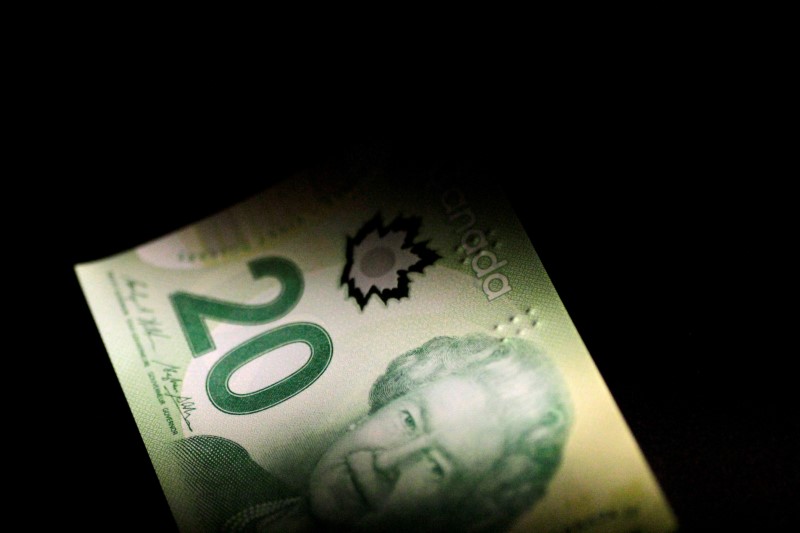UBS analysts raised the possibility that the Bank of Canada (BoC) could implement a rate cut in consultation with the US Federal Reserve, given concerns about an economic slowdown.
As a result, the Canadian dollar (CAD) is expected to face only modest inflationary pressures due to a weaker currency. UBS predicts that the first BoC rate cut could come in the summer, likely in July, which could provide short-term support for the CAD.
The Canadian economy, which is closely tied to the United States, is experiencing a divergence as manufacturing sectors worldwide weaken, leading to reduced cross-border economic impacts.
Canada’s limited budget support and consumers’ vulnerability to high interest rates have contributed to a sharper economic downturn compared to the US. This sets the stage for a rate cut by the BoC, which may precede the Fed’s policy easing.
UBS suggests that while the CAD could gain some benefit from a BoC decision to hold rates at next week’s policy meeting, the impact of US factors on exchange rates is likely to limit the BoC’s influence.
The firm expects that later this year, as the USD weakens and the Fed eases policy, the CAD will be positioned to rise, supported by a shift in the relative interest rate outlook and improved risk sentiment.
On the investment side, UBS notes that while a BoC stance could initially favor CAD, subsequent interest rate spreads could be negative.
However, once broader USD weakness emerges, the CAD is expected to benefit. The resistance level for the pair remains at 1.3850, with support at 1.34 and 1.32. UBS prefers call selling strategies with strikes around the resistance level.
The analysis also outlines risk factors that could lead to a rally in the USD/CAD pair, including a hard landing in the US, Canada or globally, a significant decline in energy prices, or a more pronounced easing cycle by the BoC.
This article was produced with the support of AI and reviewed by an editor. For more information see our General Terms and Conditions.


